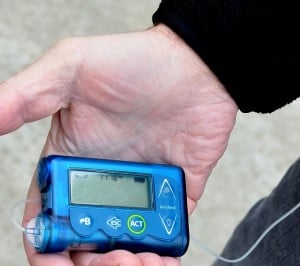Search
News & Events
Re-think on strategies to prevent whooping cough in newbornsGovernments should rethink strategies to prevent whooping cough in newborn infants, including booster vaccination of close contacts of the baby.

News & Events
Every Friday: Child Health Research Seminars 2014Dr Howlett completed her PhD studies in 2009 at the MCRI in Melbourne, where she worked on gastric cancer cell signaling...a

News & Events
Latitudinal gradient in childhood diabetesNew research from Perth's The Kids Research Institute Australia has shown the local relevance of a worldwide pattern of increased risk of childhood type 1 diabetes.

News & Events
HBF Stadium Open DayHBF Stadium & HBF Arena Open Days - Sunday 20 & 27 July The Kids researchers will be presenting to the public as part of the two open days.

News & Events
Telethon WeekendThe Kids Research Institute Australia will have a stand at the beneficiary expo during this year's Telethon weekend running October 25 and 26.

News & Events
$20 million partnership a win for WA kidsIn the largest donation in Telethon history, BHP Billiton has committed $20 million over the next five years to The Kids Research Institute Australia

News & Events
Rockingham to trial innovative pregnancy care programRockingham women are being urged to take part in a program trial aimed at guiding and supporting mums-to-be through a safe and healthy pregnancy.
News & Events
Dad’s Dream Inspires Global Cancer FightThe Global Symposium on Childhood Brain Tumours is bringing the world's premier childhood brain tumour researchers and scientists together in Perth.
News & Events
Huge hospital burden for kids with intellectual disabilitiesNew research from the Telethon Institute has shown that children with an intellectual disability are up to 10x more likely to be admitted to hospital.
News & Events
Greater justice for people with FASDA study of the Western Australian justice system has identified that 85% of staff say responding to the needs of people with FASD is an issue in their work.
